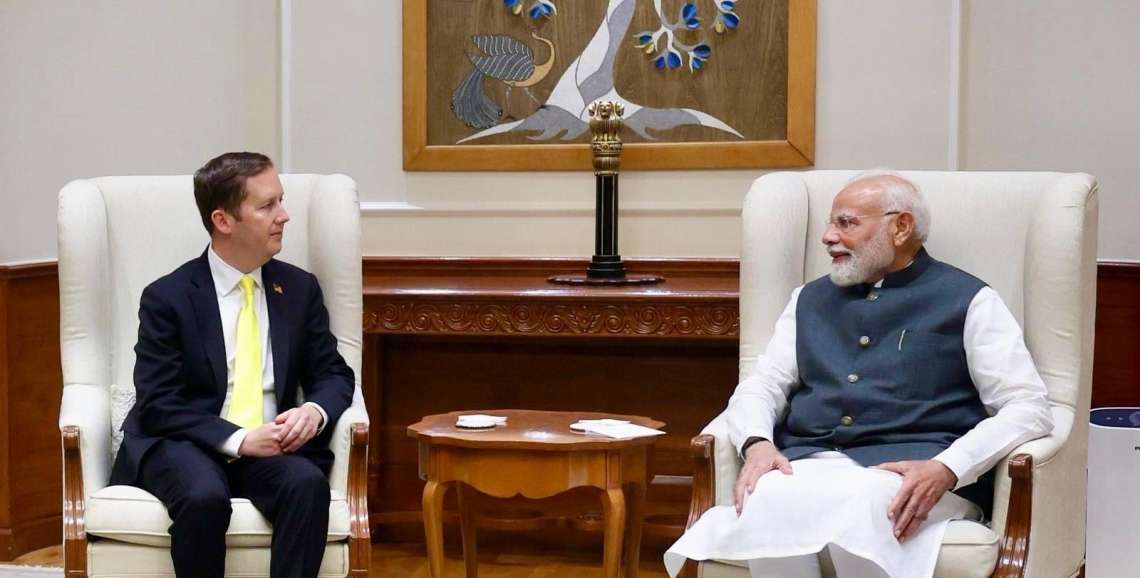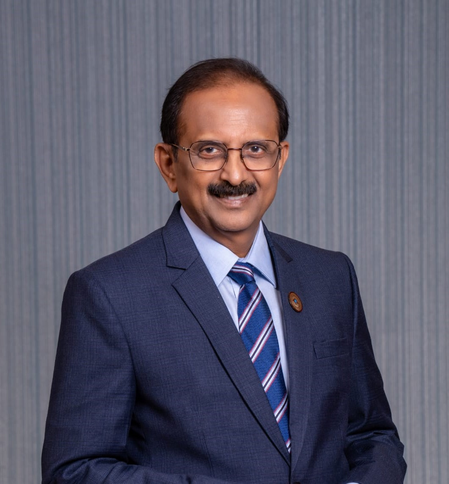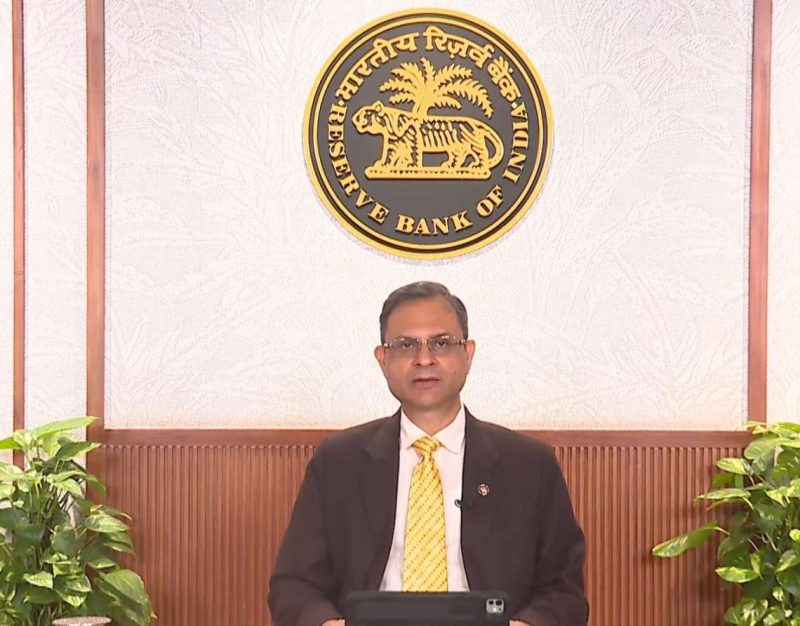India holds a strong position in the global media and film landscape due to this thriving industry that harnesses the power of modern camera technology with greater technical efficiency than ever before…reports Asian Lite News
The imaging industry has revolutionized the way the world around us is captured and documented. Visual storytelling has never been more convenient owing to developments in technology such as mirrorless lenses, high-resolution sensors, and advanced image processors that are making inroads into both the consumer and professional segments of the Indian camera market.
This is evident from the unceasing flow of basic image/video content on social media to the technical upgrades in the field of video journalism. India holds a strong position in the global media and film landscape due to this thriving industry that harnesses the power of modern camera technology with greater technical efficiency than ever before.
Commenting on the imaging industry and how the Indian Photography Community can be served with the best-in-class innovation, Sajjan Kumar, Managing Director, Nikon India said, “At Nikon India, our steadfast enthusiasm for visual storytelling propels us, fostering an unwavering dedication to innovation. The mirrorless camera segment is growing in India in terms of value and volume.
“At Nikon, we have witnessed more than 75 per cent of our sales coming in from this segment. Aligned with our vision of providing versatile and innovative hybrid featured products to our customers, we recently introduced our mirrorless cameras, Nikon Z 8 and Nikon Z f this year. Our goal is to take India among the top three in all Nikon Imaging/Camera markets globally by 2025, and we remain committed to empowering individuals, nurturing creativity, and fuelling the imagination of every photographer, filmmaker, and content creator across India.”
Speaking on this integration of Artificial intelligence and imaging technology, Atul Rai, Co-Founder & Chief Executive Officer of Staqu Technologies said, “AI has boosted the capabilities of cameras more than any other tech and is offering a wide range of functionalities across multiple industries. From digitizing vote counting process in elections and intelligent ICU monitoring in healthcare, to detecting malfunctions in manufacturing facilities and analyzing customer behavior in retail, AI-powered video analytics have offered accuracy rates as high as 98.7 per cent.
“These cameras can aggregate multiple news data for rapid data analysis and have recently offered security services in the 2023 G20 new Delhi Summit. These developments are a clear indication of the fact that the road ahead for this union of AI and cameras is brighter than ever.”
Globally, the digital camera industry has shown significant growth over the last few years. The revenue graph is growing steeply, and the digital camera market has clocked US$ 954 million and is expected to grow at a CAGR of 10.66 .per cent The trends in the imaging industry dictate the market and it is expected to touch a value of Rs 5,000 crore per annum by 2025-26, up from Rs 3,000 crore in 2022.
The Indian camera market currently stands at 3.20 lakh. With a yearly growth staying consistent at 9 – 11 per cent, India’s market is home to a host of domestic and foreign digital camera manufacturers, such as Nikon, Canon, etc. Mirrorless camera is the preferred segment among Indian buyers as video content consumption has increased and professionals/content creators have opted for this segment because of its features, usability, and dual capturing mode.
The Indian diagnostic imaging industry is growing steeply as well and is expected to grow with a CAGR of 10.3 per cent. The propelling factors for the growth of the Indian diagnostic imaging equipment market include the rise in the prevalence of chronic diseases, increased adoption of advanced technologies in medical imaging, and the growing geriatric population.
But the most consequential development in the imaging industry is the deployment of AI-integrated cameras. These cameras can detect and analyze potential threats in real-time, and trigger immediate alerts to the appropriate authorities. Through advanced video analytics, these cameras can identify and classify not only objects and people, but also specific behaviors. AI surveillance cameras are being utilized in multiple sectors including retail, manufacturing, law enforcement, and healthcare to name a few.
ALSO READ: Massive GenAI Smartphone Rollout for 2024














